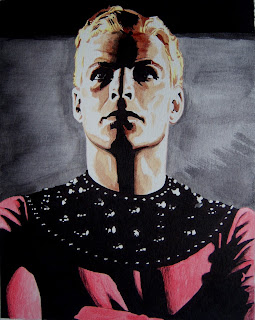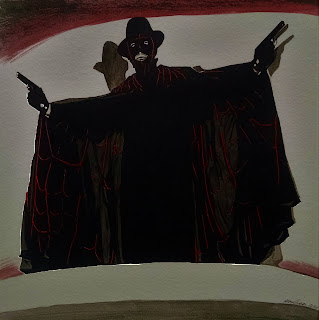
LEGENDARY HEROES #19 JUNGLE JIM The comic strip "Jungle Jim" was created by Alex Raymond as the "topper" for his main feature "Flash Gordon", and both strips debuted on January 7, 1934. Alex named the character for his brother, fellow cartoonist Jim Raymond who assisted Chic Young on "Blondie". (Jim Raymond took over drawing the "Blondie" strip in 1950 when Young's eyesight diminished, though he never received a byline until Young's death). Unlike the other jungle comics of the time that were set in Africa, Alex Raymond established the locale of his strip in Malaysia in the South Pacific. Jungle Jim Bradley was a big game hunter who was assisted on his safaris by his native friend Kolu. The comic was always a Sunday feature, never a daily, and the adventure stories centered around pirates, slave traders, and other dastardly villains. During WWII Jungle Jim joined the cause and fought against the Japanese. In 1944 creator ...



